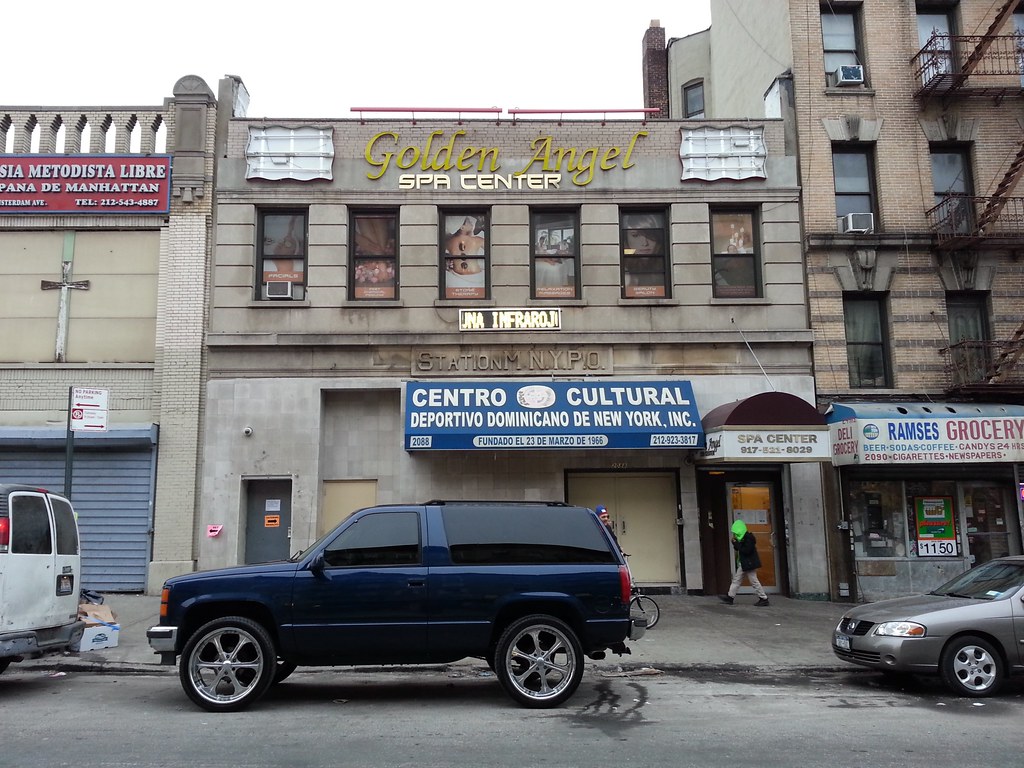
While this building was not its original home, Station M existed at least as far back as 1863, when it was one of 14 post offices on the island of Manhattan: the main office plus Stations A through N, excluding I. Half a century later, a carrier from this station unwittingly delivered a package bomb to a local man. The NY Times report on the incident featured the following headline and sub-headlines:
BOMB BIG ENOUGH TO WRECK BUILDINGAn article in The Sun said the police suspected the sender of the bomb was a man in Connecticut who "may have been jealous of Franck's attentions to a young woman in New Britain".
-----------------------------
Jacques Franck of 709 West 170th Street Gets a Box of "Socks."
-----------------------------
DENIES HAVING ENEMIES
After Mr. Franck discovered that his package contained a bomb, and not the "fine socks" he was expecting, the excellently named Bureau of Combustibles was called in to investigate. According to a 1907 NY Times piece with the sub-headline "How the City Disposes of Bombs and Explosives—Ticklish Work for the Bureau of Combustibles":
Few . . . realize the extent of bomb-making and the illegal traffic in explosives in a city like New York. At least 200 bombs and infernal machines are found here by the police every year . . . They are, of course, the bombs and infernal machines which do not explode. The total does not take into account crimes of the sort that are successful. Other explosives are seized by the city authorities in sufficient quantities to warrant special provisions being made for their storage and destruction. In the yard back of the headquarters of the Fire Department, in Sixty-seventh Street, near Third Avenue, there is a small building covered with sheet iron and bearing a sign which reads: "Magazine—Danger!" Behind the padlocked doors is a collection of contraband explosives that would amaze the majority of New Yorkers.
When a bomb or infernal machine is found by the police it is turned over to the Bureau of Combustibles of the Fire Department. The hazardous task falls to the bureau employees of investigating the dangerous package. . . .
The question naturally arises: What becomes of the contraband explosives? A favorite method of getting rid of them is to gather them periodically, place them on one of the municipal boats, and have them dumped into one of the rivers. The spot for depositing them is usually the "Black Hole" at Hell Gate. There the rocks and swift current soon make them harmless, even for fishes.


